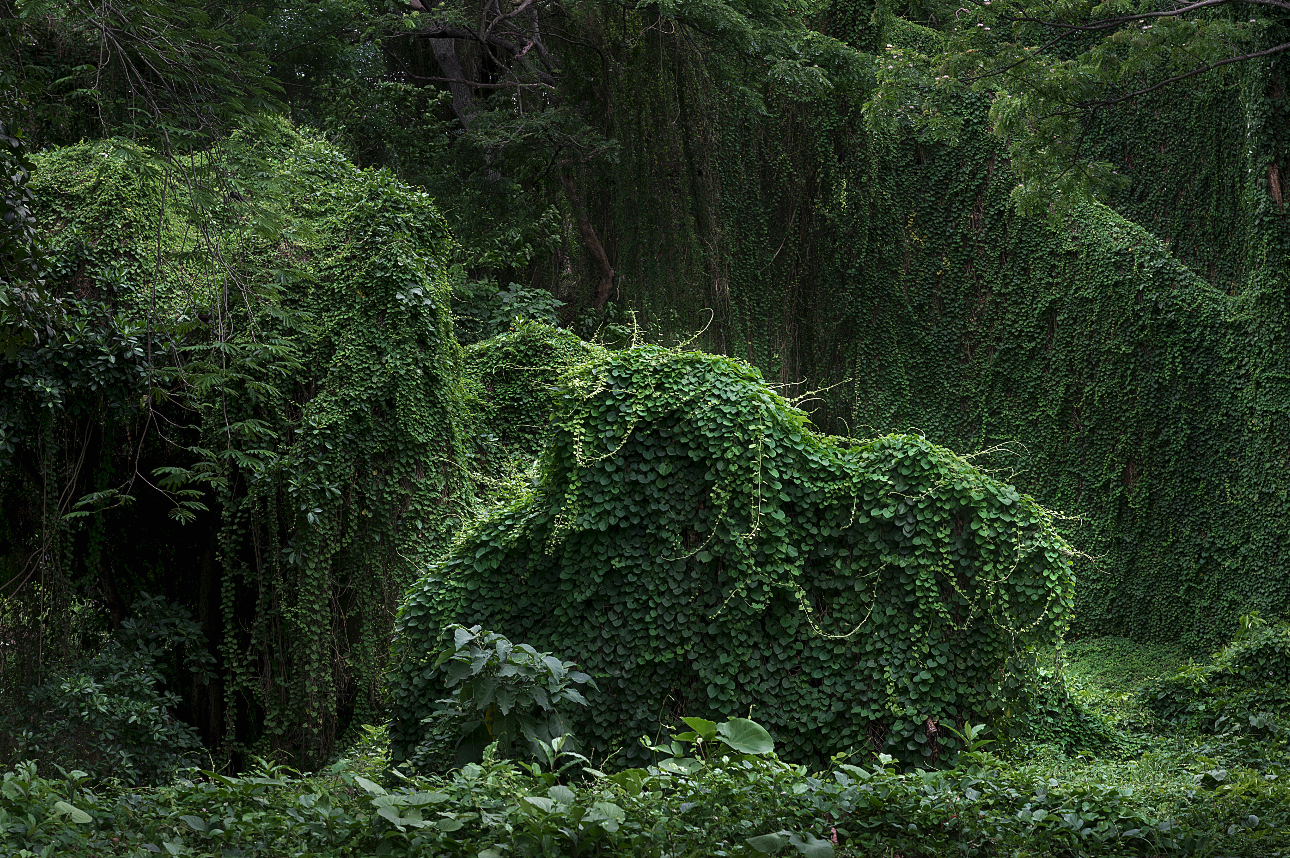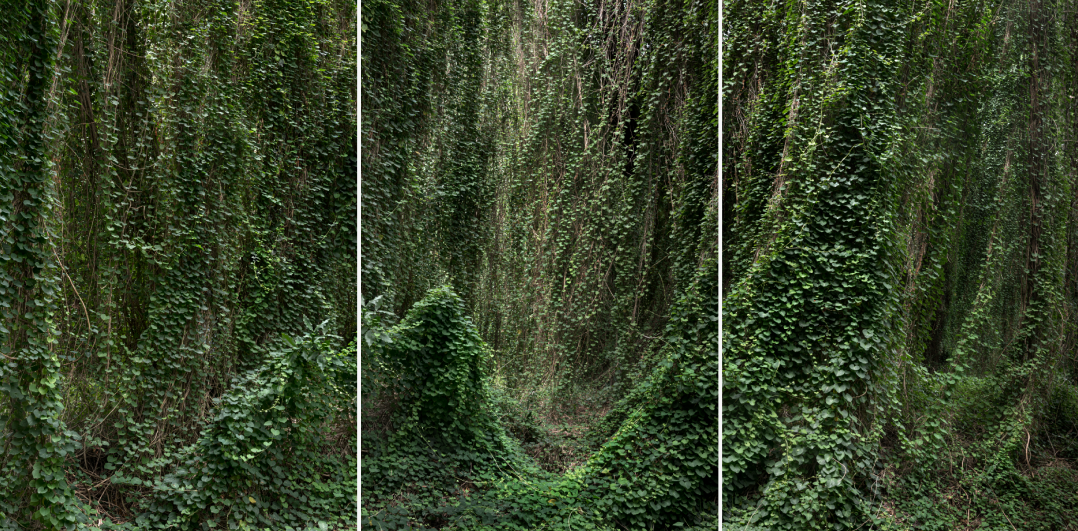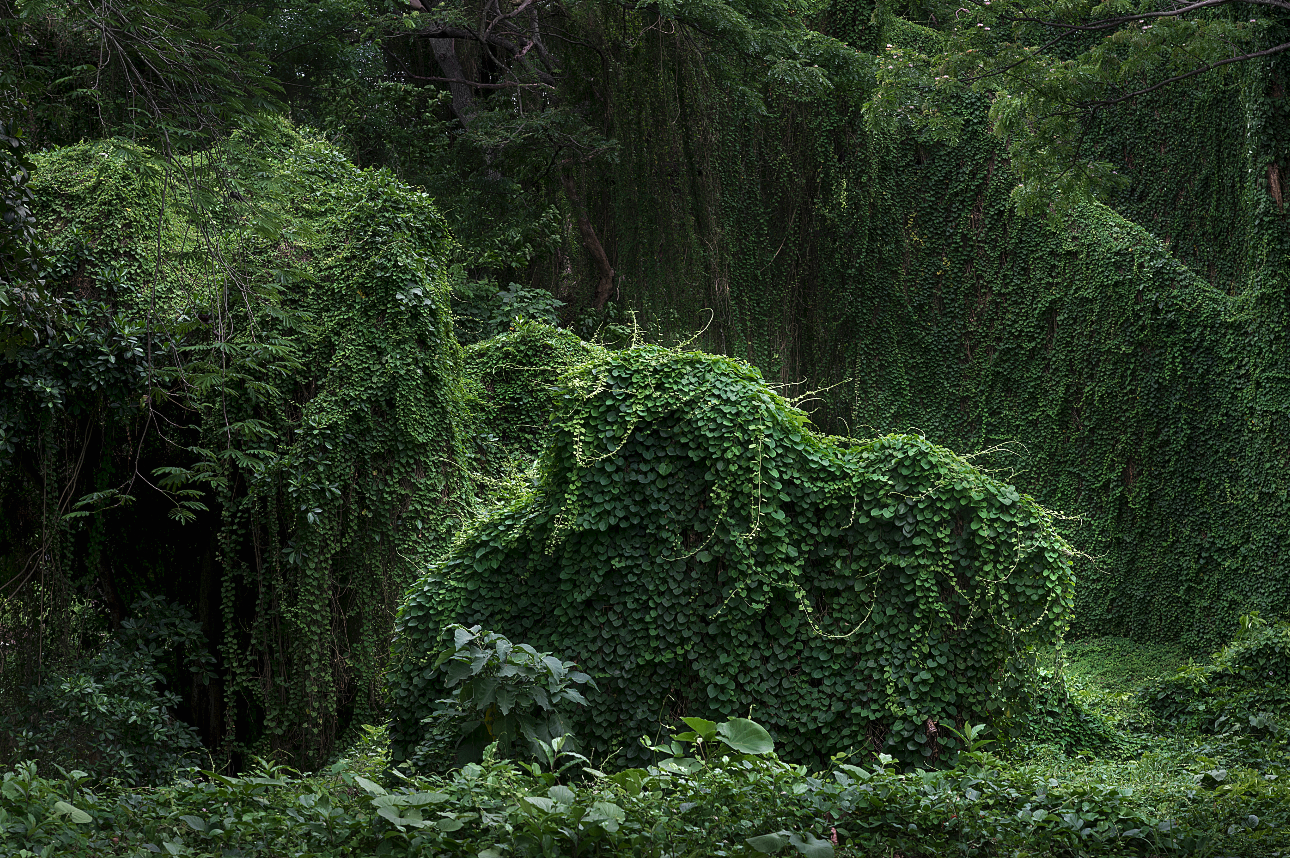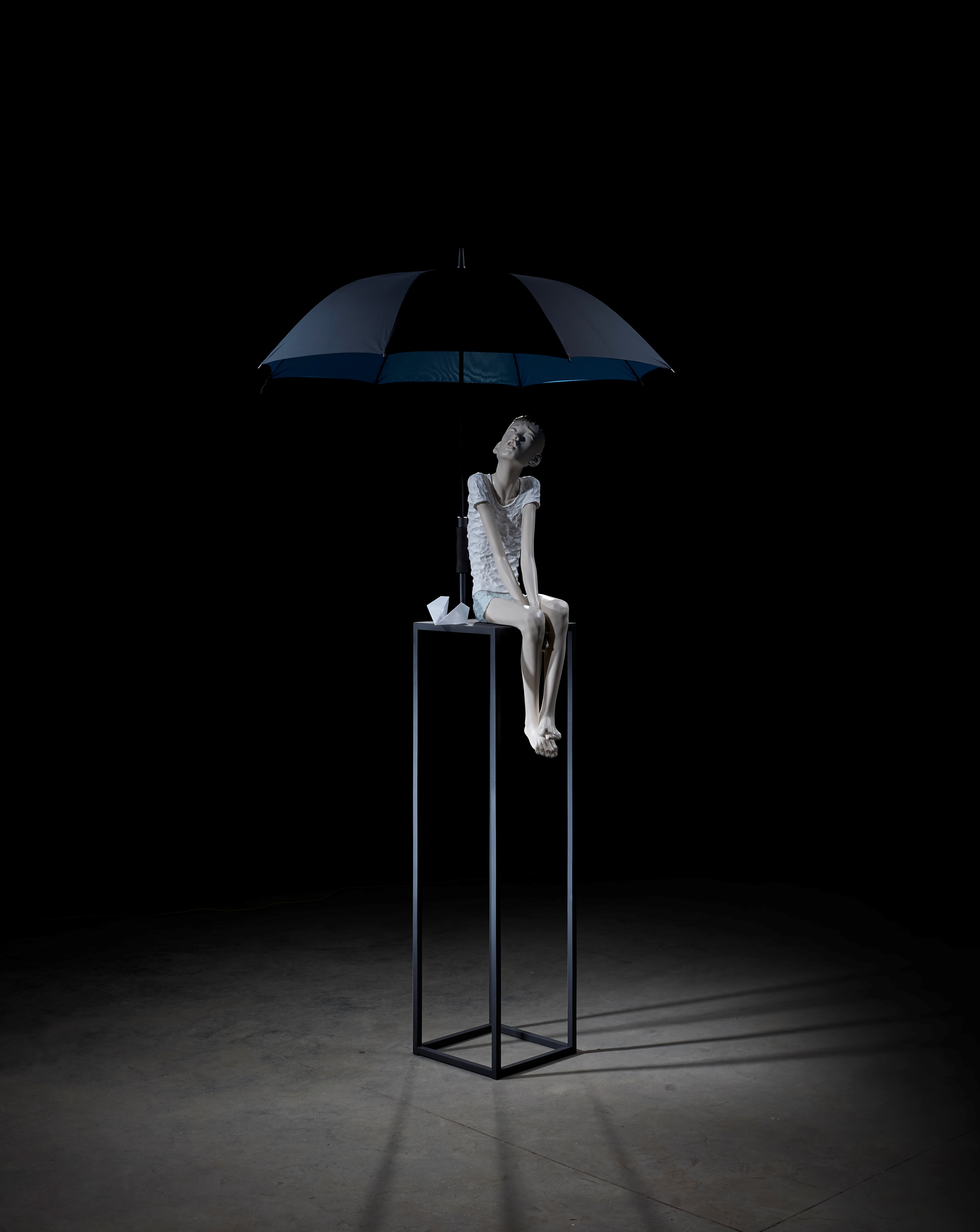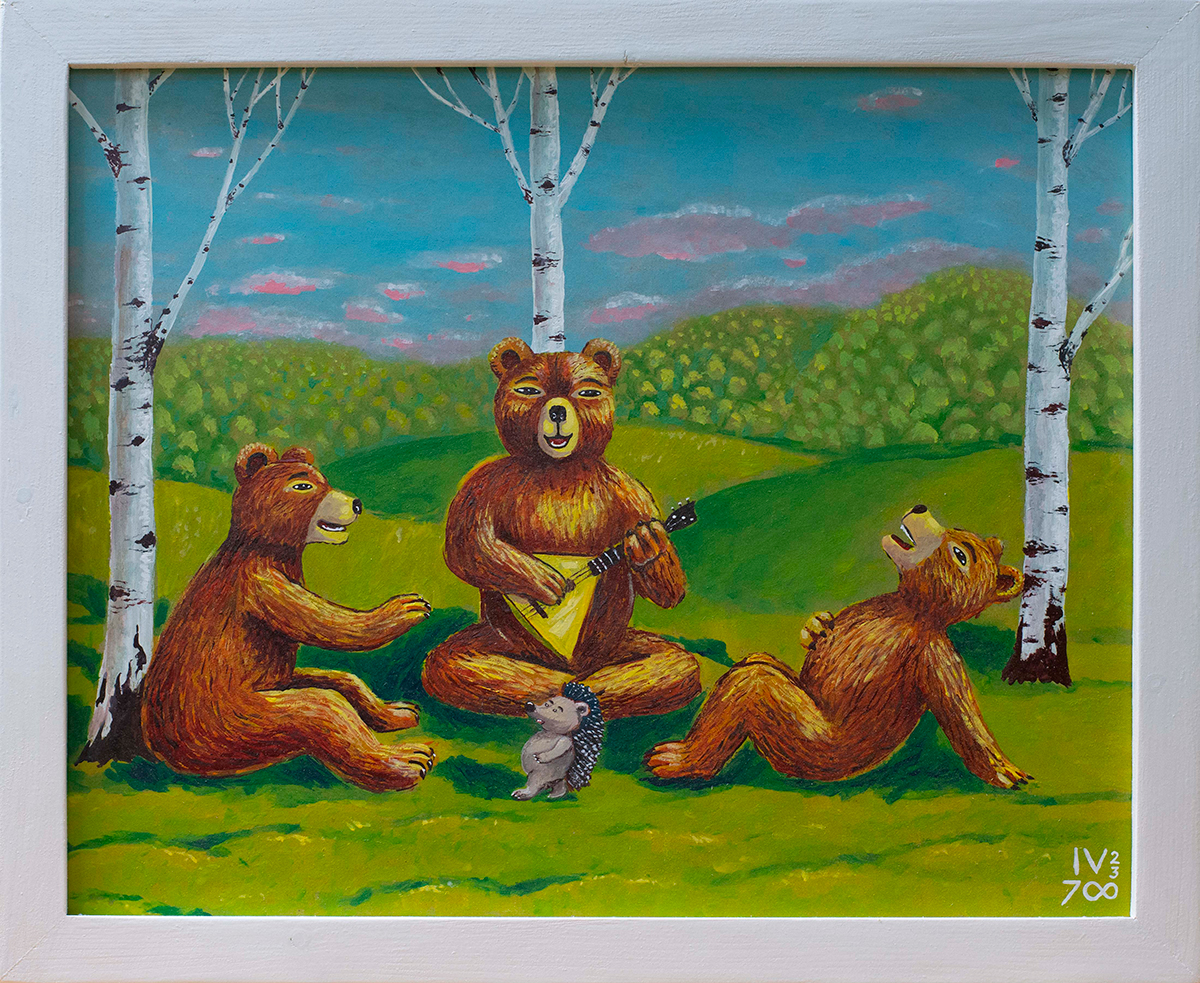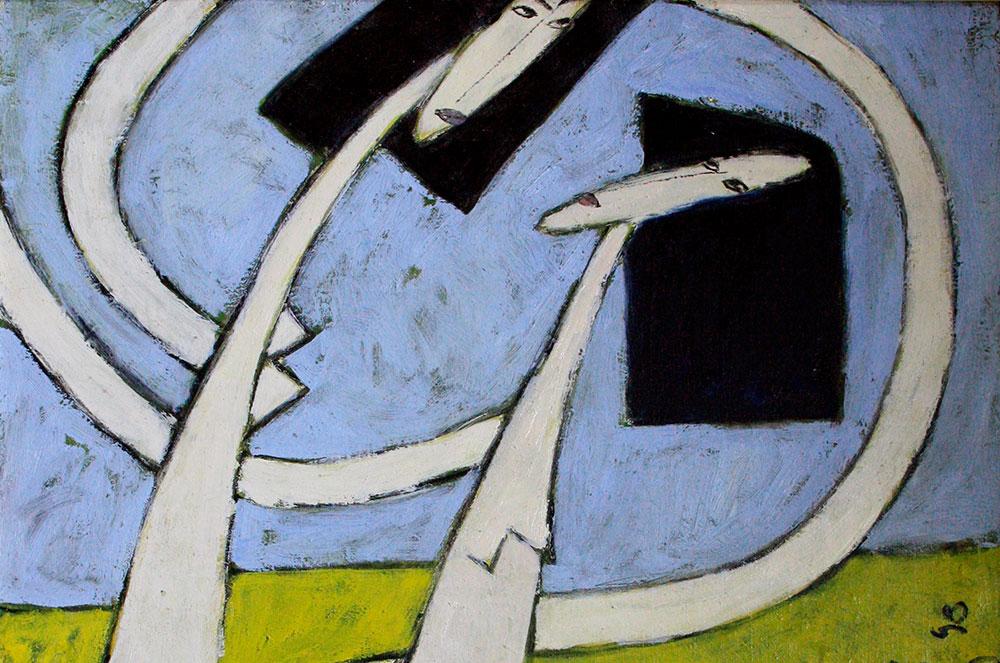Erarta Museum of Contemporary Art presents an exhibition by the Argentine artist Ángela Copello whose works impress upon the viewer the sheer magnitude of nature
-
An art photographer acutely sensitive to the complex interactions between various species present in scenery
-
Mesmerizingly beautiful, yet challenging landscapes that seem untouched despite human presence
-
Diptychs, polyptychs, and standalone large-scale pieces re-creating the boundless sense of nature
Ángela Copello has always been attracted to the sublime quality of nature. As someone who worked directly within the field of landscaping, she is acutely sensitive to the complex interactions between various species present in scenery, with some dominating others, whilst vying for the same resources.
Etymologically the word ‘sublime’ comes from the Latin sublimis (elevated; lofty; sublime), as defined by the preposition sub, here meaning ‘up to,’ and limes, a boundary or limit. Hence, to experience the sublime is to be pushed to the edge of one’s aesthetic limit. Traditionally, within the field of philosophy, this sense of the sublime was viewed purely within the format of beauty and order, but since the sublime has also been mired with an impending sense of doom. To be confronted with the sublime is to encounter the devastatingly unknown, the threatening and even to a certain extent, our own mortality. As in his work Traité du sublime (1674), Nicolas Boileau-Despréaux stated that art has this ability to challenge our capacity to understand and fill us with wonder. Evidently, the sublime was also fundamentally associated with deity, as the Romantic movement within the field of fine art sought out to explore ‘the incommensurability of the sensible with the metaphysical (the Idea, God)’ on canvas, according to Philippe Lacoue-Labarthe.
In particular, the 18th-century English and Irish philosopher Edmund Burke focused on the intersectionality of fear and pleasure when discussing the sublime aspect of nature. The vastness and obscurity of nature could not be considered beautiful, but rather brought about a feeling of terror of the unknown: ‘The passion caused by the great and sublime in nature, when those causes operate most powerfully is Astonishment, and astonishment is that state of the soul in which all its motions are suspended, with some degree of horror . . . Indeed, terror is in all cases whatsoever, either more openly or latently, the ruling principle of the sublime.’
The German philosopher Immanuel Kant however, took this meditation on the sublime further, by arguing that the sublime was not so much a formal quality of some natural phenomenon as a subjective concept: something that happens in one’s mind. Kant believed that there are three types of sublimity: the terrifying sublime, the noble, and the splendid. Therefore, the sublime’s impact on one’s consciousness, specifically its ability to test our limits of knowledge is what should be studied. As nature is so grand, indiscernible and indeterminate, it functions beyond our human ability to control or understand it, rending us in fear of it. Hence, it is when confronted with nature’s power that we realise that in the grand scheme of the world, we are existentially insignificant.
The works of Ángela Copello concentrate on this simultaneously mythical, yet challenging viewpoint of nature. The artist has talked specifically about capturing landscapes that are untouched, despite human presence. Copello attempts to re-create this boundless sense of nature by producing larger works overall, so that the viewer is completely immersed or enveloped in the scenery. Although some of the pieces shown at this exhibition are focused on the intricacy of a flower or a bud, such as Brugmansia; there are several works that impress upon the viewer the sheer magnitude of nature, such as Panorama 1 and Eden 05, amongst others. But it is not just the fact that these artworks are triptych or polyptychs, but also due to the underlying subject matter.
Although at first glance the ivy-type of plants that pervade the majority of the landscape in the works of Ángela Copello seem to be majestic and pulchritudinous, there is definitely an underlying sinister aspect to them. In fact, these vines are invasive semi-wooden species found throughout the USA, but indigenous to China, Japan and the Indian subcontinent. They are called kudzu and are featured in a number of Copello’s works throughout this exhibition. The artist really wanted to zero in on how the ‘the uncontrolled expansion of this invasive plant can irreversibly alter landscapes that were once considered natural paradises.’ Similar, to a certain extent, to the inevitable impact of the presence of man on his environment.
The kudzu plant was actually gifted to the US from Japan around 100 years ago, but as it is an invasive species, it colonised huge parts of land throughout North America. Specifically, the vine densely climbs over other trees and plants and as it grows so rapidly, it smothers and kills them by blocking out sunlight access and taking over the root space. By shading the host plant with their leaves, the kudzu plant not only kills them, but also has been known to invade whole ecosystems, as it makes the leaf litter more labile so the soil surrounding the plants is less carbonised. This decreased carbon sequestration ability of the soil actually contributes to climate change. From this comes the inevitable question around the cycle of causation, when it comes to our environment. As the kudzu plant is organic and is merely fulfilling its function when it monopolises the space it finds itself in, it seems as if without human interference it would continue to cannibalise its environment. Nevertheless, at the same time if it were to have been contained in its original location in Asia, perhaps it would not have expanded and evolved as it has. Evidently, humans are now tasked with managing the precarious scenery unfolding globally in nature, which they have indisputably played a part in, whilst simultaneously being in awe of its sublimity.
The exhibition is curated by Dasha Vass

Although Ángela Copello (b. 1960) started her artistic journey within the field of floriculture and landscape design at the University of Buenos Aires, she went on to retrain in photography at the Argentine School of Photography. Under the guidance of Julie Weisz, Andy Goldstein and Virginia del Giudice, Copello participated in a number of collaborative workshops with a variety of established photographers, such as Juan Travnik, Lorena Fernández, Gabriel Valansi and Fabiana Barreda.
Consequently, the artist was an active member of the Proyecto Imaginario group and was twice selected for the Salón Nacional de Artes Visuales roster. Copello has since published a number of books, such as Argentina, parques y jardines in 1999, as well as Hijos del Sol and Paisajistas Argentinos in 2011. Prestigiously, Copello was a finalist at the FELIFA 2014 Prize with her work Impermanencias, a book that she later published with the support of the Buenos Aires Cultural Patronage Programme.
Her body of work has been exhibited in numerous museums and institutions, such as Recoleta Cultural Centre (2010), Usina Cultural Sáenz Peña (2011) and Areatec – Fundación Cassará (2012). Additionally, Copello was exhibited at the Festival de la Luz 2014 at Mumbat (Municipal Fine Arts Museums of Tandil), as well as at the Buenos Aires Stock Exchange (2015). Furthermore, her works were shown in solo and group exhibitions at Centro Cultural Borges and Palais de Glace.
Represented globally by the gallery OdA, she has been shown at various global art fairs, from Pinta BAphoto in 2017, 2019, 2020 and 2021 to Photo London in 2020. The artist lives and works in Buenos Aires, Argentina, where she also teaches and organises photography workshops.

